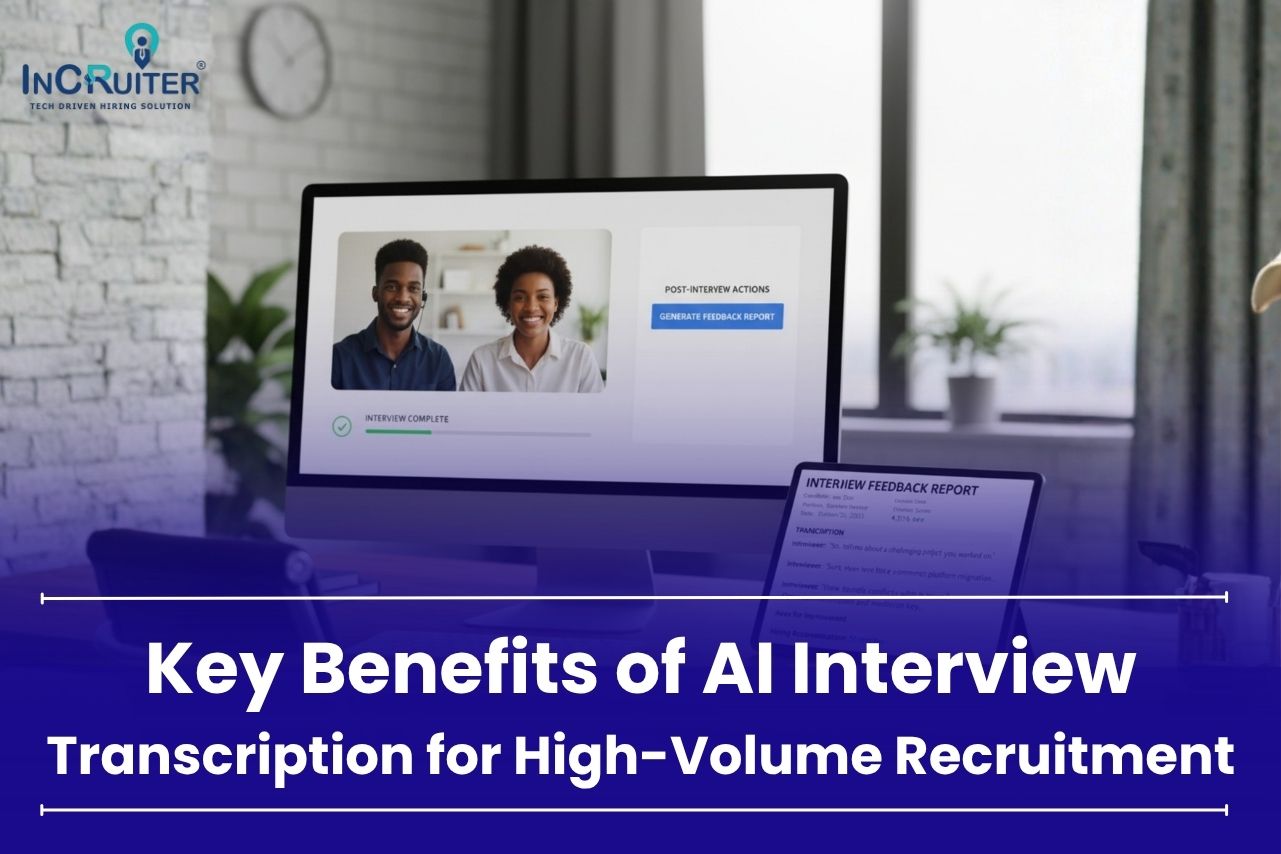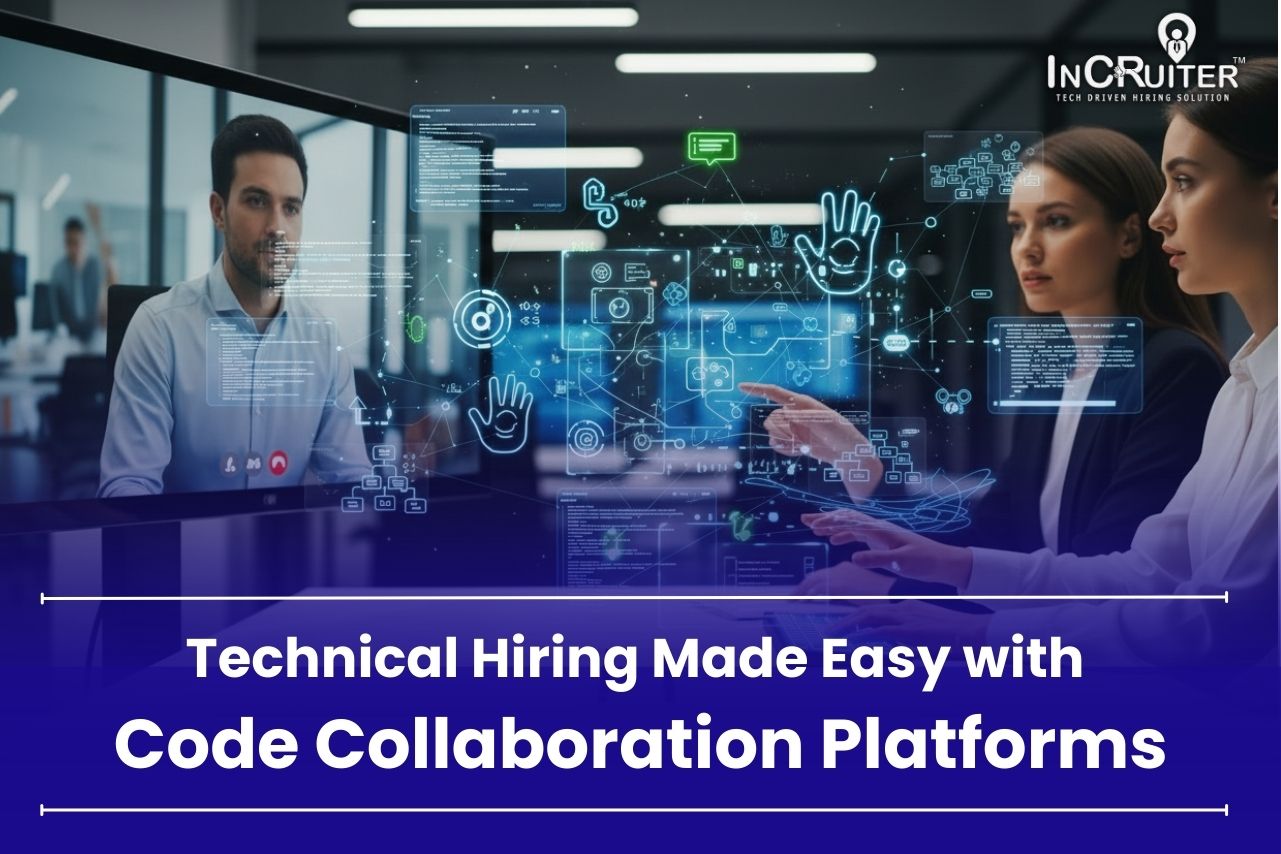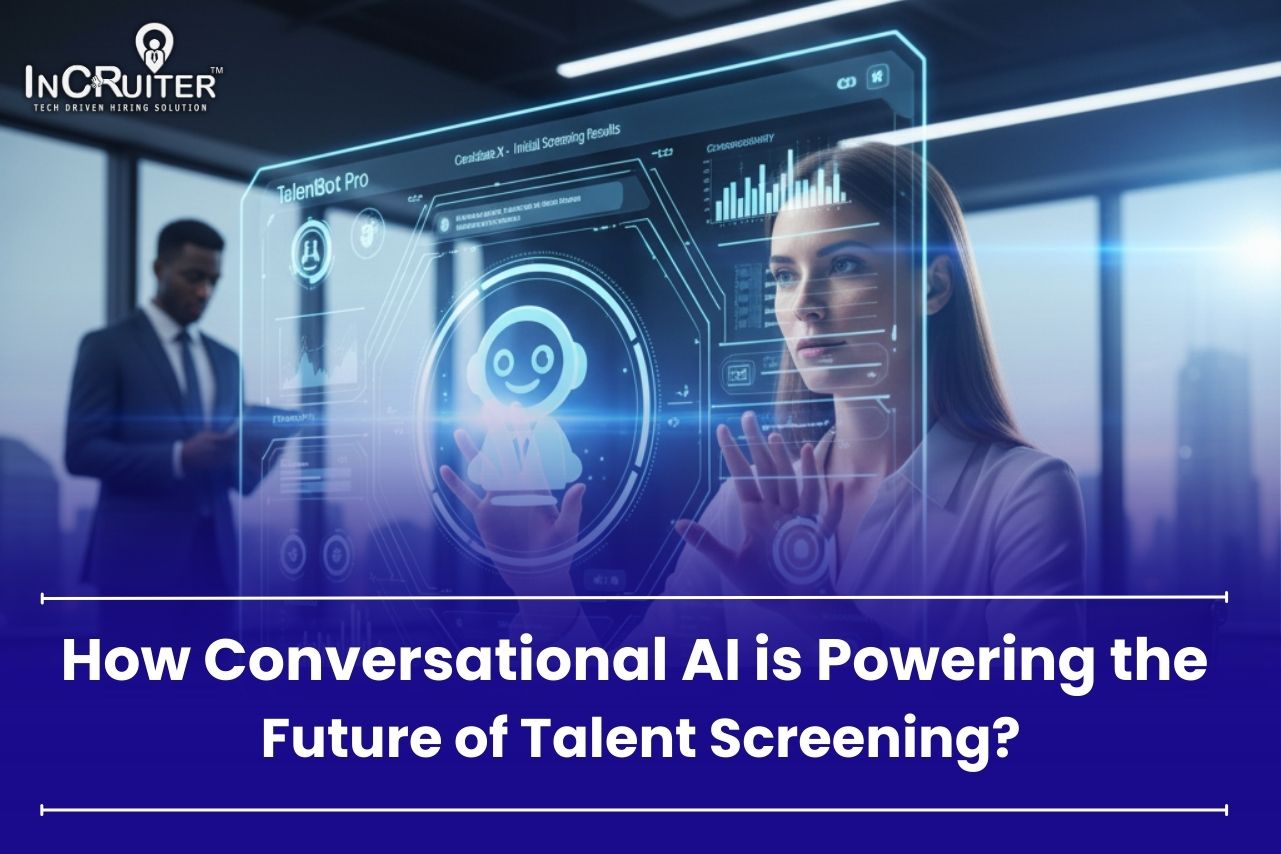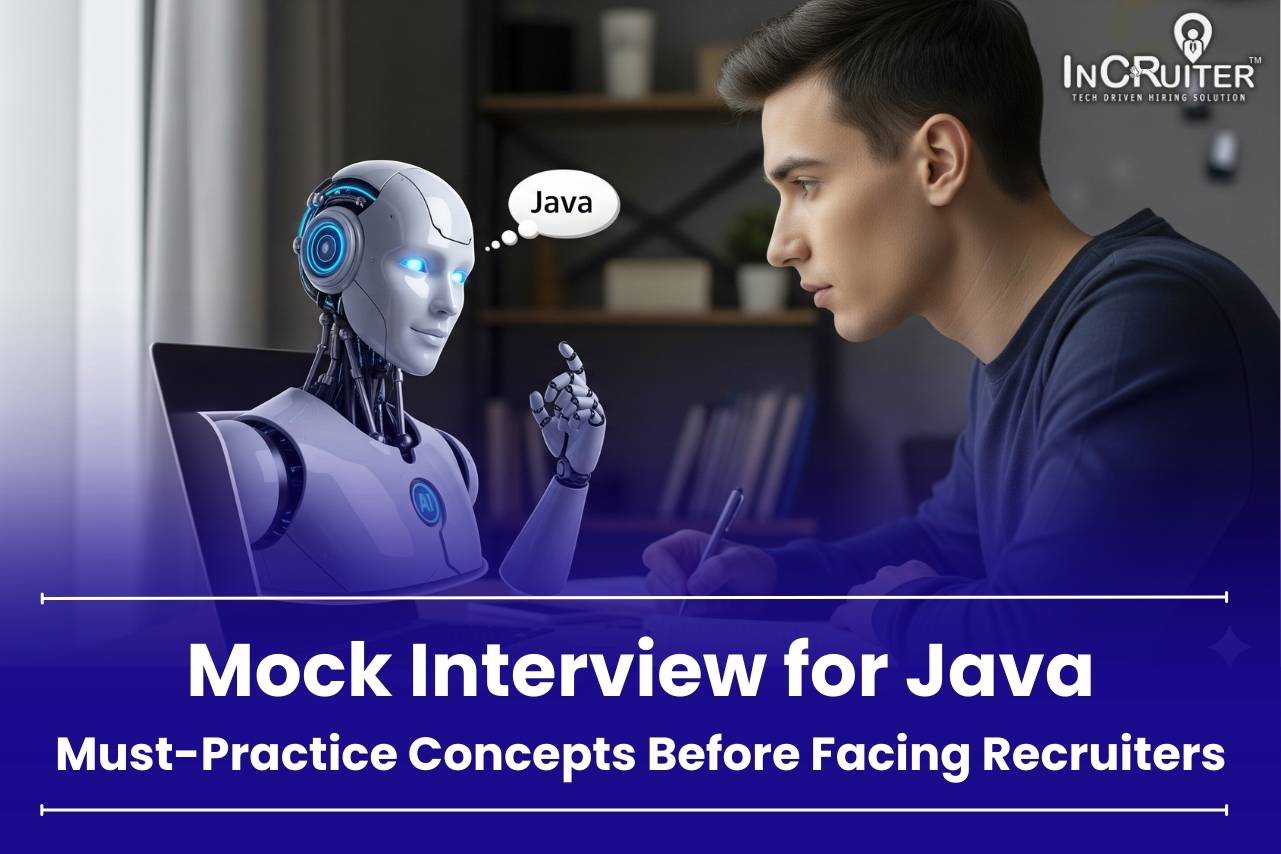Automated employment decision tools are software systems that are designed to assist employers with making hiring, promotion, or other employment-related decisions using artificial intelligence and machine learning algorithms. These tools analyze large volumes of data, such as job applications, resumes, and social media profiles, to identify patterns and predict an applicant’s suitability for a particular role.
Automated employment decision tools use various techniques to analyze data, such as natural language processing, predictive analytics, and data mining. These tools can help employers identify candidates who may have been overlooked through traditional recruitment methods and can also help to reduce bias in the hiring process.
Significance of Highly Automated Tools
In today’s fast-paced and competitive job market, Automated employment decision tools have emerged as a game-changing technology that is transforming the recruitment process, enabling employers to make more informed decisions and improve the quality of their hires.
At their core, automated employment decision tools are all about data – lots of data. By analyzing vast amounts of information from various sources, including resumes, social media profiles, and job applications, these tools can identify patterns and predict an applicant’s suitability for a particular role.
But the real significance of automated employment decision tools lies in their ability to level the playing field and reduce bias in the recruitment process. By using objective data and algorithms to evaluate candidates, these tools can help to identify candidates who may have been overlooked through traditional recruitment methods and can help eliminate unconscious bias and discrimination.
The Influencing Factors
This is particularly significant in a world where diversity, equity, and inclusion are increasingly important considerations for employers. By using automated employment decision tools, employers can ensure that they are recruiting from a diverse pool of candidates and making hiring decisions based on merit rather than subjective factors.
But beyond the practical benefits, there is also an emotional significance to automated employment decision tools. For job seekers, the recruitment process can be a stressful and anxiety-inducing experience. The prospect of being evaluated by a human recruiter can be intimidating, and the fear of bias and discrimination can be genuine.
Automated employment decision tools can help to alleviate some of this anxiety by providing a more objective and data-driven evaluation process. This can give job seekers a greater sense of confidence and transparency in the recruitment process, ultimately leading to a more positive experience for both the employer and the candidate.
Also Read: How AI Recruitment Software is Transforming the Candidates Hiring Experience?
Benefits Of Automated Employment Decision Tools ( ADET )
Reducing bias and discrimination: One of the most significant benefits of automated employment decision tools is their ability to reduce unconscious bias and discrimination in the recruitment process.
By using objective data and algorithms to evaluate candidates, these tools can help to identify candidates who may have been overlooked through traditional recruitment methods. This can help to ensure that employers are recruiting from a diverse pool of candidates and making hiring decisions based on merit rather than subjective factors.
Saving Time and Resources: Another key benefit of automated employment decision tools is that they can save time and resources for employers and job seekers. By Automating certain aspects of the recruitment process, such as resume screening and candidate evaluation, these tools can help to streamline the process and reduce the need for manual labor.
Improving the quality of hires: By using objective data and algorithms to evaluate candidates, automated employment decision tools can help employers to make more informed decisions about who to hire. This can lead to a higher quality of hires, as employers are better able to identify candidates who have the skills and experience needed for a particular role. This can be understood in detail in the article published by The Times of India.
Enhancing the candidate experience: For job seekers, the recruitment process can be a stressful and anxiety-inducing experience. By providing a more objective and data-driven evaluation process, automated employment decision tools can help to alleviate some of this anxiety and provide a more positive experience for candidates.
This leads to increased job satisfaction and retention, as well as a more positive perception of the employer brand.
Driving innovation and competitiveness: Automated employment decision tools can help to drive innovation and competitiveness in the job market. By enabling employers to make more informed decisions and reduce bias in the recruitment process, these tools can help to create a more level playing field for job seekers.
This leads to increased competition among employers as they strive to attract the best talent and differentiate themselves in the job market.
Diving into the Future Of ADET
Increased Adoption: As more and more employers see the benefits of using automated employment decision tools in their recruitment processes, we can expect a significant increase in adoption rates. This could be driven by the desire to reduce bias and discrimination, as well as to save time and resources.
More Sophisticated Algorithms: As the technology behind automated employment decision tools continues evolving, we expect to see more sophisticated algorithms that can better evaluate candidates based on various factors. This could lead to even more accurate and reliable hiring decisions, as well as a greater focus on evaluating soft skills and cultural fit.
Greater focus on candidate experience: As the job market becomes more competitive, employers are likely to place a greater emphasis on creating a positive candidate experience. Automated employment decision tools could play a key role in providing a more objective and data-driven evaluation process that is less likely to develop anxiety or stress for job seekers.
Integration with other HR technologies: As the recruitment process becomes more digital, we expect greater integration between automated employment decision tools and other HR technologies. This could include everything from applicant tracking systems and video interviewing devices to onboarding platforms and performance management software.
Continued ethical considerations: As with any technology that has the potential to impact people’s lives, automated employment decision tools will continue to be subject to ethical concerns. Employers must ensure these tools are used fairly and transparently and do not inadvertently perpetuate bias or discrimination.
Also Read: Startup news and updates: Daily roundup
InCruiter’s Solution for Bias-Free Hiring
InCruiter aims to simplify and streamline the hiring process for businesses. To achieve this, the company has developed new AI Interview Software that provides a more efficient and effective way to identify and select top-quality candidates.
The main benefit of these new AI-powered features is that they can automate many time-consuming hiring tasks, such as resume screening and candidate matching. This allows recruiters and hiring managers to focus on other essential aspects of the recruitment process, such as interviewing and making final hiring decisions.
Our AI-powered Features
- JD to CV Match
Once you upload the Job Description and Resume, it automatically analyses the candidate’s skills and experience to the job requirement and picks the best candidate. It uses natural language processing (NLP) algorithms to evaluate. Saves time and reduces workload smoothly. It gauges the correlation between the job description and the candidate’s resume.
- Write My JD
Our AI tool automatically generates job descriptions based on the number of positions, years of experience required, and skill set needed for the role. This feature ensures consistency and eliminates unconscious biases from traditional job descriptions.
- Screening AI-Questions
The feature uses Chat GPT to generate relevant screening questions tailored to the specific Job role being filled. This feature helps you ask more targeted and relevant questions to better assess a candidate’s skills and qualifications.
Incruiter’s new AI-powered features represent a significant step forward in the recruitment industry, providing businesses with a more efficient, effective, and fair way to find and hire top-quality talent.
Conclusion
- Employers should also consider using these tools in combination with traditional recruitment methods. They should provide opportunities for human oversight and intervention to prevent the occurrence of bias or other unintended consequences.
- These tools can transform how we recruit, enabling us to make more informed decisions, reduce bias, and create a more inclusive and equitable job market for all.
- While ethical considerations must be carefully managed, these tools can revolutionize the recruitment process and create a more level playing field for job seekers.



















